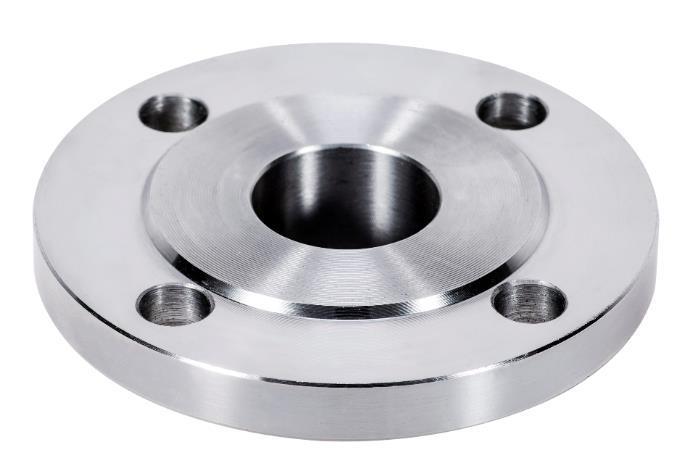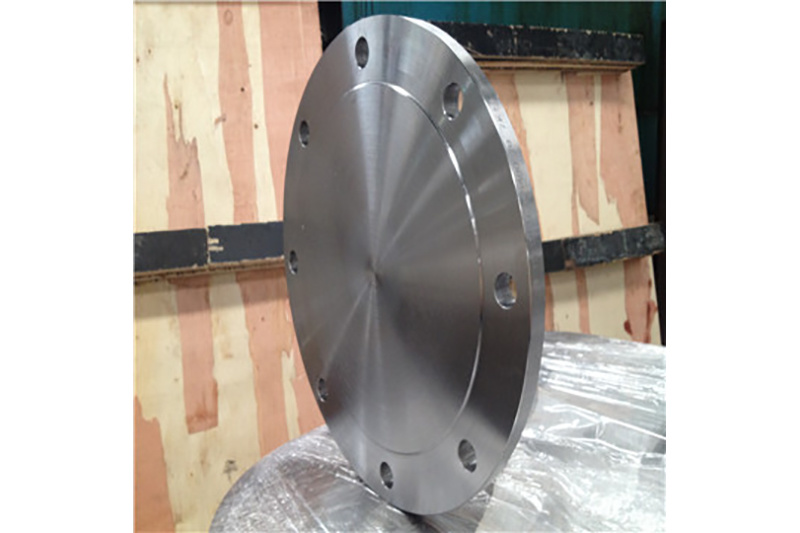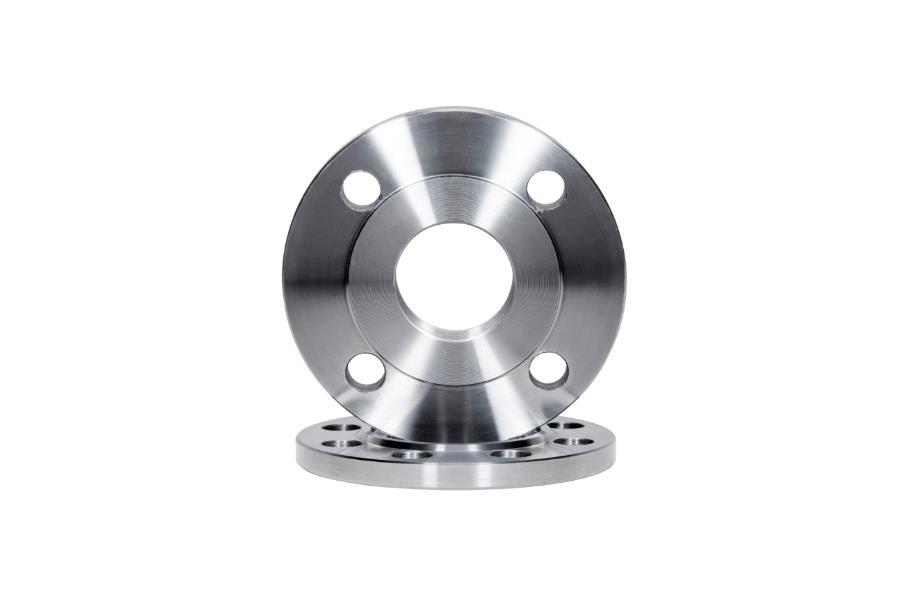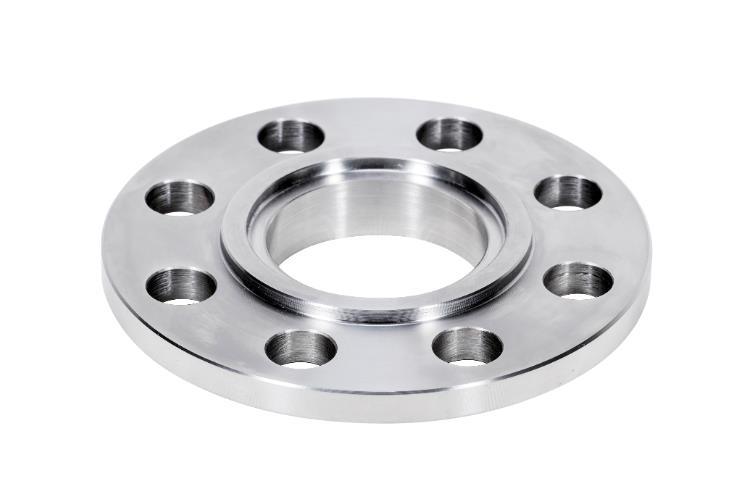Understanding American Standard Flanges: Essential Components in Construction and Decoration
Release time:
2025-06-17
American standard flanges are integral fittings used to connect two sections of piping or to connect piping to other components such as valves and pumps. Their design complies with specific standards established by the American National Standards Institute (ANSI), ensuring compatibility and reliability across various applications. These flanges are widely utilized in plumbing, heating, and various
One of the primary features of American standard flanges is their versatility. They come in various styles, including slip-on, weld neck, blind, and threaded flanges, each tailored for specific installation needs. For instance, slip-on flanges are ideal for easy alignment and installation, while weld neck flanges are designed for high-pressure applications, providing a strong and leak-proof connection.
The materials used in manufacturing American standard flanges can vary significantly, depending on the application requirements. Common materials include carbon steel, stainless steel, and alloy steel. Carbon steel flanges are typically used in standard environments, whereas stainless steel flanges offer enhanced resistance to corrosion and are suitable for more demanding conditions. When selecting a flange, it's essential to consider factors such as pressure ratings, temperature tolerance, and environmental exposure to ensure optimal performance and longevity.
In terms of installation, the proper use of American standard flanges is critical in maintaining the system's overall integrity. It’s essential to use compatible gaskets and bolts to create a secure and leak-free joint. The bolting pattern should be followed meticulously to ensure even pressure distribution, which helps in preventing leaks and potential failures in the piping system.
Moreover, the use of American standard flanges extends beyond traditional piping systems. They are increasingly being used in decorative applications within buildings, providing both functionality and aesthetic appeal. For instance, flanges can be incorporated into railing systems or used as part of artistic installations, demonstrating their versatility as both a functional and decorative element.
In conclusion, American standard flanges are fundamental components in the construction and decoration materials industry. Their wide range of types and materials, along with their critical role in ensuring system integrity, make them indispensable for professionals in this field. Understanding the various applications and best practices for installation can greatly enhance project outcomes, ensuring reliability and efficiency in any piping system.

Latest developments
The Connection Between Japanese Standard Flanges and Sustainable Construction
The Connection Between Japanese Standard Flanges and Sustainable Construction Table of Contents 1. Understanding Japanese Standard Flanges 2. The Importance of Sustainable Construction 3. Key Features of Japanese Standard Flanges 3.1 Material Composition and Environmental Impact 3.2 Precision Engineering and Quality Assurance 4. How Japanese Standard Flanges Promote Sustainability 4.1 Energy Effic
Understanding American Standard Flanges: Essential Components in Construction and Decoration
American standard flanges are integral fittings used to connect two sections of piping or to connect piping to other components such as valves and pumps. Their design complies with specific standards established by the American National Standards Institute (ANSI), ensuring compatibility and reliability across various applications. These flanges are widely utilized in plumbing, heating, and various
Threaded Flanges vs. Welded Flanges: Which Is Better for Your Needs?
Threaded Flanges vs. Welded Flanges: Which Is Better for Your Needs? When it comes to piping systems, the choice between threaded flanges and welded flanges can greatly influence the performance, durability, and overall quality of your installations. Understanding the characteristics of each type can help you make an informed decision tailored to your specific requirements. In this article, we wil
Understanding Flanged Connections in Construction and Decor Materials
Flanged connections are mechanical joints that consist of two flanges, bolted together to create a tight seal. These connections are essential in the construction and decorative materials industry, especially in plumbing and piping systems where fluid transport is critical. The choice of flanged connections can significantly affect the integrity and efficiency of piping systems, making it vital fo
Sliding Flanges: The Key to Flexible Pipe Systems in Architecture
Sliding Flanges: The Key to Flexible Pipe Systems in Architecture In the ever-evolving landscape of architectural design and infrastructure, the need for flexibility and adaptability has never been more paramount. Among the various components that facilitate this flexibility, sliding flanges stand out as crucial elements in pipe systems. They enable efficient connections and adjustments, ensuring
Understanding High Neck Flanges: Essential Components in Construction and Decoration
High neck flanges, a specialized type of flange, are designed with an extended neck that provides additional height. This design not only facilitates an increased surface area for welding but also assists in alignment, making them ideal for various applications in piping systems. The extended neck allows for a better connection to pipes and creates a more robust sealing surface, reducing the risk








